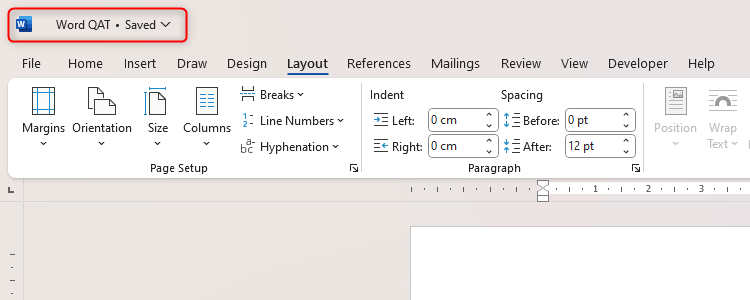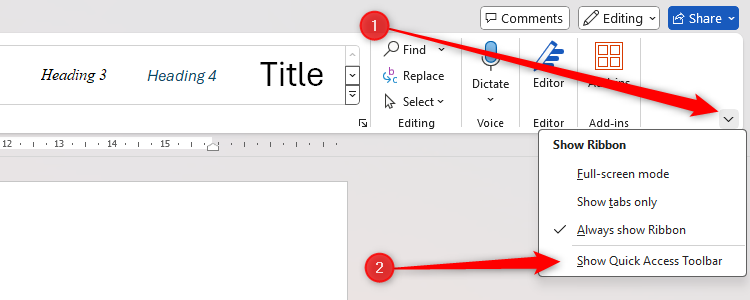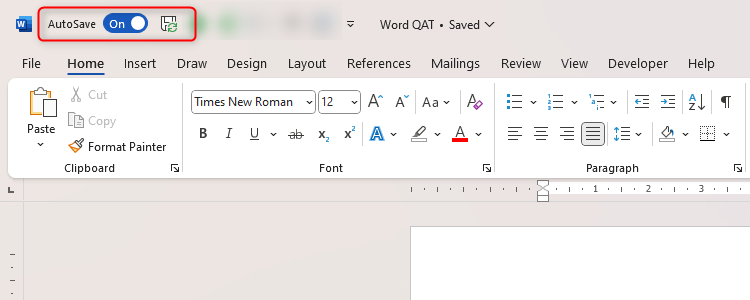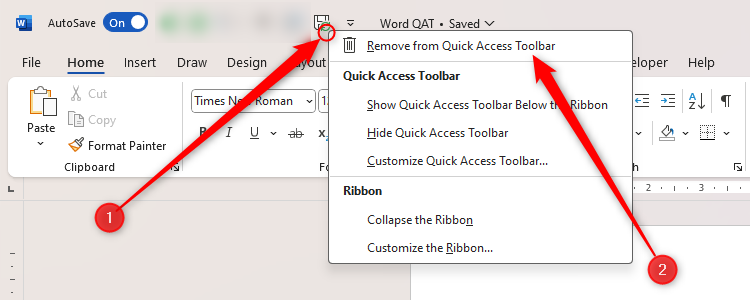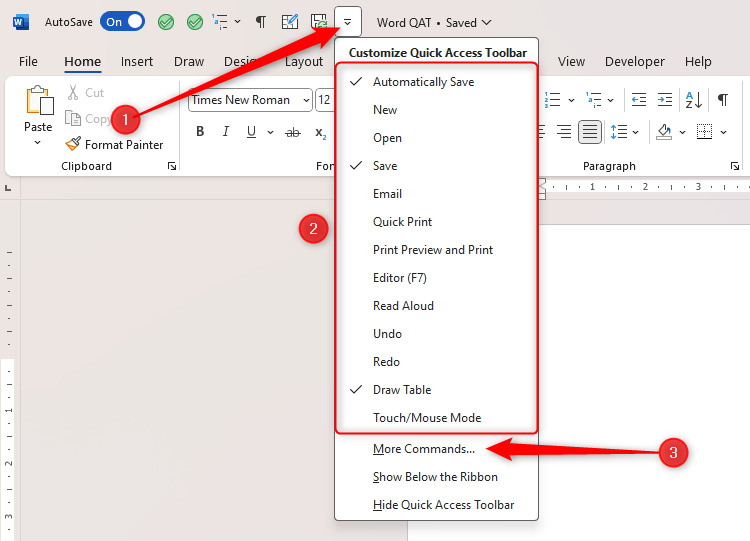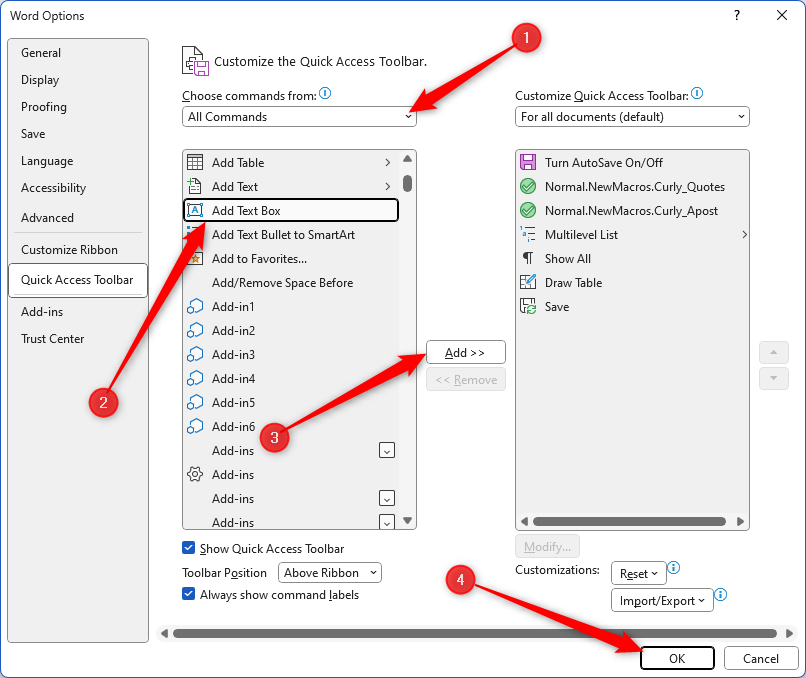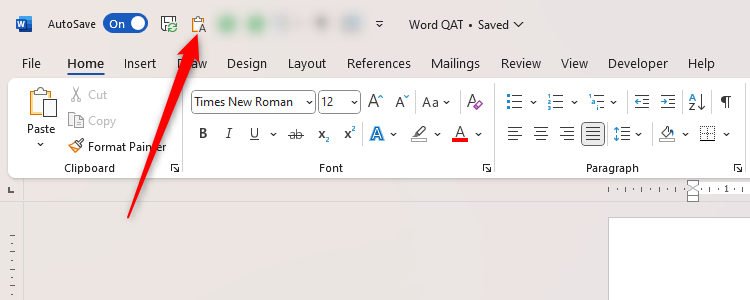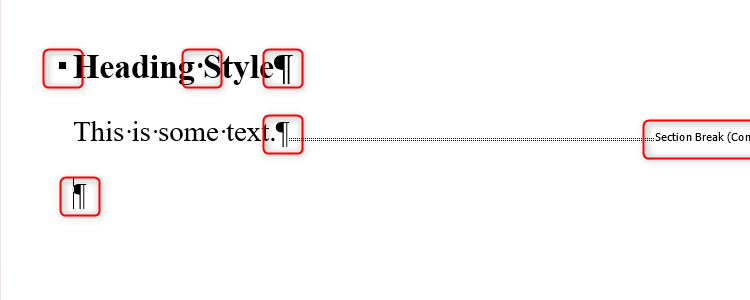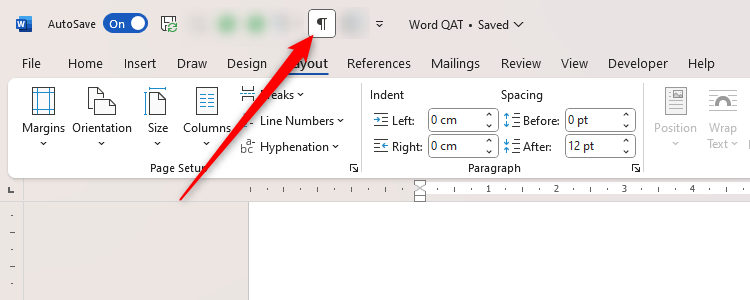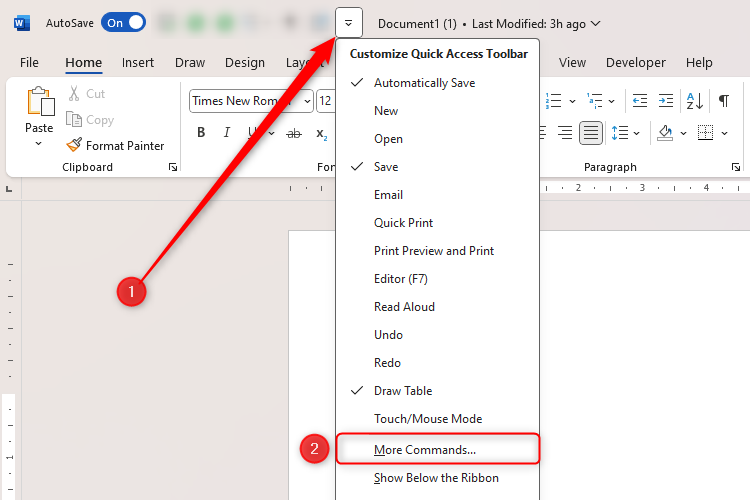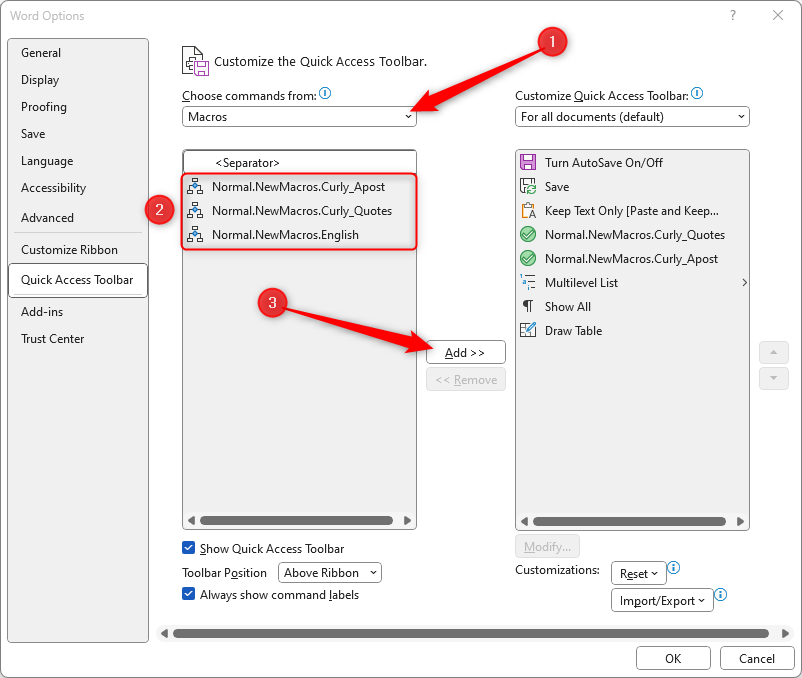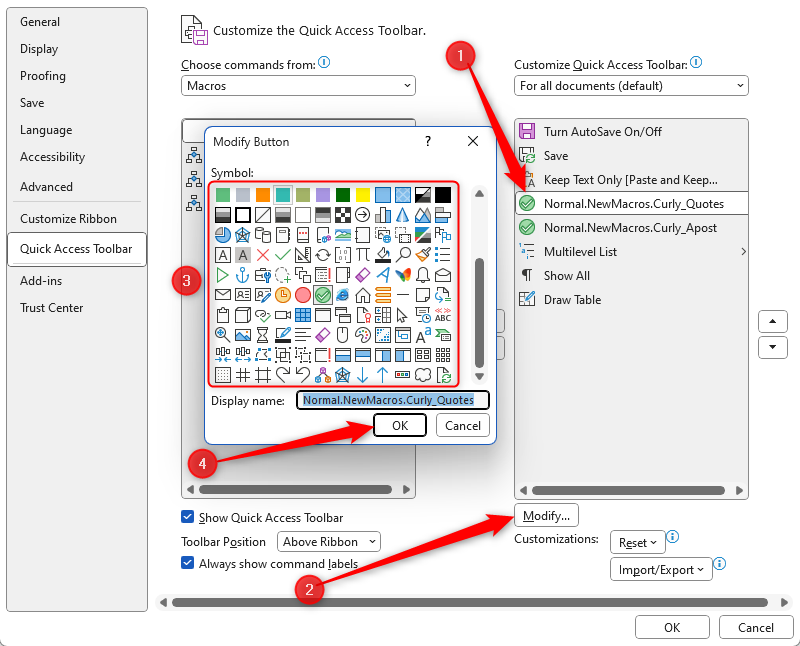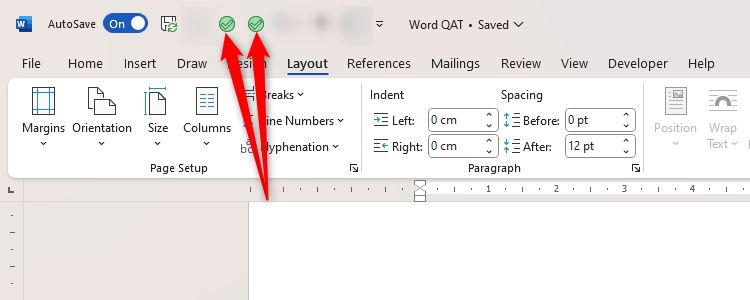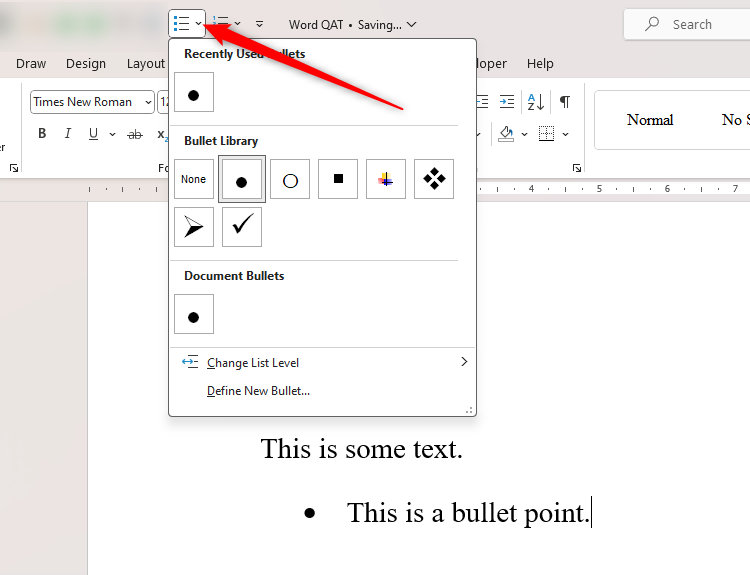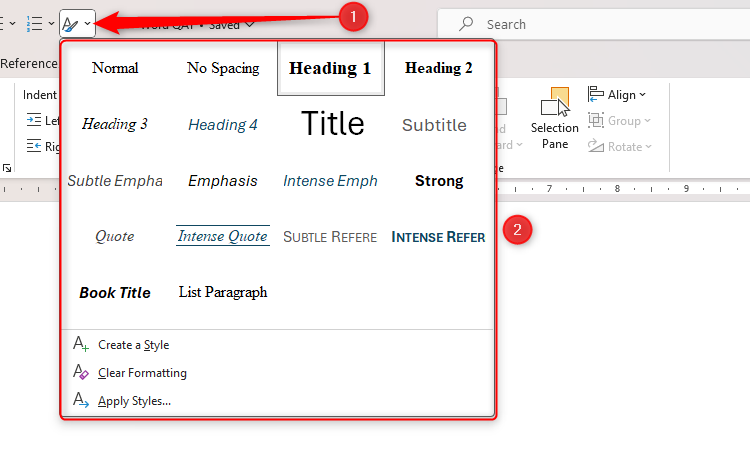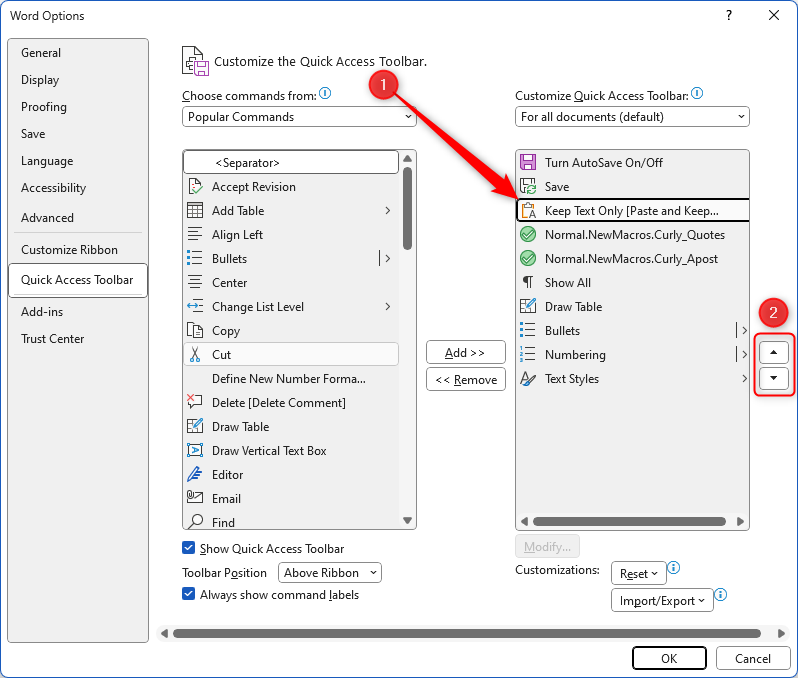Word has so many tools that finding the right ones can often slow your workflow. Indeed, some of Word’s most useful tools are also the most hidden, and it can sometimes take five or more clicks to perform a single action. This is why using the Quick Access Toolbar (QAT) is the way forward.
While the search bar at the top of the Word window can help you find and perform an action, it’s sometimes difficult to know which keywords to use if you don’t remember the name of a function. Another option is to learn and use keyboard shortcuts, but since there are so many, they can take time to learn, and it can be difficult to recall which one to use. On the other hand, having buttons in the QAT means you can perform actions with just one click.
Which icons you add to your QAT will depend on what you use Word for, but there are some that—in my opinion—are beneficial to everyone creating a Word document.
As of July 2024, the QAT is only available in the Word desktop app, and not Word for the web.
The QAT is in the top-left corner of your Word window. If all you can see is the Word logo and the name of your document, it means you don’t have the QAT enabled.
To rectify this, click the down arrow at the right-hand side of any open tab, and click “Show Quick Access Toolbar.”
You will then see the QAT appear next to the Word logo with some buttons, such as AutoSave and Save, as the default options.
There are various ways to customize what you see here. To remove a button from your QAT, right-click the relevant icon and click “Remove From Quick Access Toolbar.”
To add a button, click the “Customize Quick Access Toolbar” down arrow, and either choose one of the options available in that menu, or click “More Commands” to see the other actions you can add.
In the Word Options window, click the “Choose Commands From” drop-down arrow to search for a tool by category or show all the available commands. Then, after finding and selecting a command you want to appear in your QAT, click “Add.” When you’re done, click “OK.”
You will then see the updated QAT based on your selections.
If you know where a command is located via the tabs on the ribbon, you can also right-click the command’s icon to add it to the QAT. Similarly, if you often use many commands from the same ribbon, you can add a whole ribbon’s icon to the QAT.
Paste Text Only
If you often copy and paste text from another source, such as the internet or another Word document, you may end up with inconsistent font typefaces, colors, and sizes, because the source formatting differs from your Word document’s formatting.
The best way to jump this hurdle is to use Word’s Keep Text Only tool, which—you guessed it—pastes only the text, and not the formatting. Even better, if you’re using a Word Style, this QAT button will make sure the text pastes with the same formatting as the paragraph where your cursor is placed.
Show/Hide
I am always adding Section Breaks and Non-Breaking Spaces, and amending my paragraph settings so that headings stay with the following text—and, to be honest, so should you if you’re looking to structure and organize your document correctly and securely.
The Show/Hide (¶) option lets you see where all these pagination controls are placed across your work, giving you a better understanding of why certain elements are behaving the way they are.
Also known as Non-Printing Characters (because they only appear on your screen, and not on the paper when you print the document), they’re also helpful for double-checking that you haven’t accidentally added two spaces and that you don’t have any empty paragraph markers—things that could cause structural and formatting issues down the line.
Having the ¶ icon in your QAT means you can quickly check your pagination and paragraph structure, and simply click the button again to make the non-printing characters disappear once you’re happy.
Personalized Macro Buttons
Microsoft 365’s macros let you perform very specific actions with one click. What’s more, Word lets you add personalized macro buttons to your QAT, so it’s even easier to action that command.
Once you have recorded your macro, click the “Customize Quick Access Toolbar” down arrow, and choose “More Commands.”
Then, in the Word Options window, click the “Choose Commands From” drop-down arrow, and click “Macros.” Now, select the relevant macro, and click “Add.”
You can then choose a suitable icon for your macro by selecting the macro, clicking “Modify,” and then clicking “OK” once you’re done.
Finally, click “OK,” and you’ll see the new icon appear in your QAT. In my screenshot, I use green check marks for macros that convert all straight quotation marks and apostrophes into curly ones.
You cannot modify QAT icons for standard commands—Word only lets you change your personalized macro icons.
Numbers and Bullets
So many Word documents I encounter as an academic proofreader contain bullet or number lists, and I find that I often use them myself in my own work-related or personal files.
One of the benefits of having these icons in your QAT is that they come with drop-down arrows that let you choose different bullet and numbering styles.
Having both the Bullets and Numbering icons on your QAT means you can easily switch between the two if necessary, and you can click them again to remove the bullet or number.
Style Gallery
While readily accessible on the Home tab on the ribbon, the Style Gallery is a useful icon to have in your QAT, especially if you use Word’s Styles to their full capacity. Indeed, adding this to your QAT means that you don’t have to constantly switch back and forth to and from the Home tab, so you can carry on with your work with whichever tab you already have open.
Even more usefully, the Style Gallery only has the space to show you a few of the options you have, whereas the Style Gallery QAT drop-down shows you more. You also have the option to add a new Style, clear Style formatting, and Apply all style formatting.
Reorder Icons in Your QAT
Once you have added all the relevant buttons to your QAT, consider reordering them so that using them is even easier. Personally, I order them by frequency of use, but you might choose to order them by type of command or to separate similar icons.
Click the down arrow next to your QAT, and click “More Commands” to open Word Options.
Then, select one of the icons already in your QAT, and use the arrows to choose your order. The icons at the top of the list will appear on the left of your QAT, and the icons at the bottom will appear on the right.
When you’re done, click “OK.”
By default, the QAT is right at the top of your Microsoft 365 app’s window. However, consider moving it to the bottom of the ribbon to make it even more accessible and speed up your work even further.


